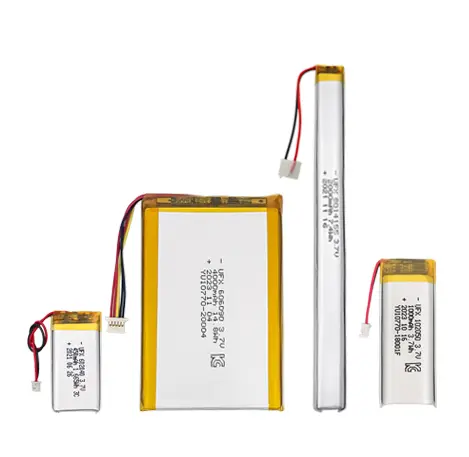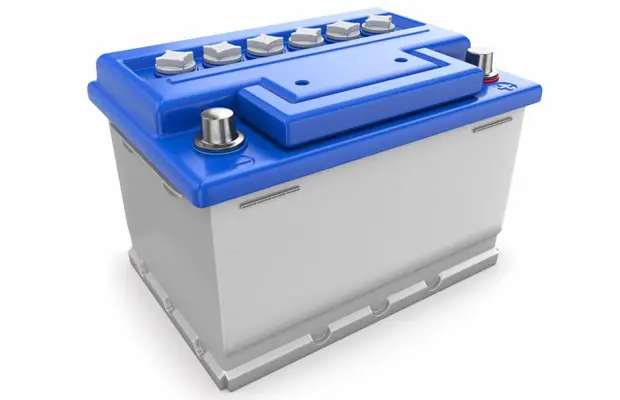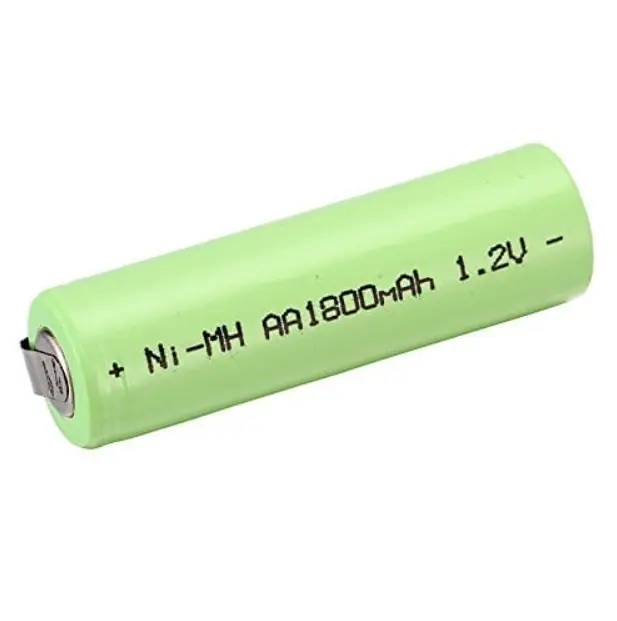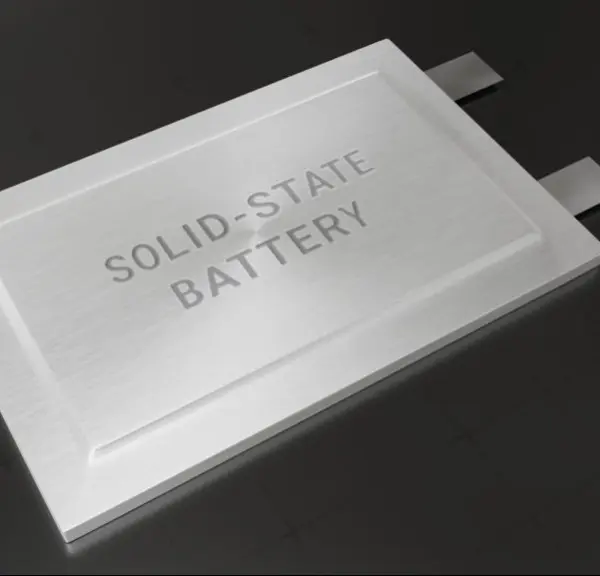Battery technology is omnipresent in modern society, powering various devices, from laptops and watches to electric vehicles and satellites. This extensive range of applications necessitates diverse battery sizes and types. A battery comprises one or more chemically bonded cells designed to facilitate the flow of electrons through a circuit. The field of battery technology is characterized by ongoing research and development, fostering global expertise and innovative advancements.
This article will explore battery technology, its types, applications, and future trends.
Part 1. What is a battery?
Before we discuss future trends in battery technologies and their applications, it is essential to understand what a battery is.
Since 1800, batteries have been the source of electricity production through chemical reactions. Historically, a battery was a combination of two or more electrochemical cells. However, the current meaning of the word battery is believed to include single-cell gadgets.
A battery is an electrical energy storage device of electrochemical cells, usually lithium. Charges are stored through chemical reactions using two electrodes, a cathode, and an anode, where charges move during charging. The cathode is a positively charged electrode, and the anode is a negatively charged electrode.
Batteries power tiny electrical devices such as flashlights, remote controls, and cell phones.
Now that you’ve learned the basics about a battery, let’s look at how it works.
Part 2. How does a battery work?
Batteries typically require several chemical reactions to operate. One or more reactions occur in or around the cathode, and at least one happens in or around the anode. Each time, an extra electron is created by an anodic reaction known as oxidation, and this extra electron is used by a cathodic response known as reduction.
The cathode is the only place where anything can get into the battery. However, inside the battery, the electrolyte prevents electrons from moving directly from the anode to the cathode. Electrons can reach the cathode when the circuit is closed; the wire connects the anode and cathode.
You can recharge the battery by using an alternative energy source, such as solar panels, to reverse the flow of electrons. The anode and cathode return to their original state and are again able to produce full power due to electrochemical processes occurring in reverse order.
Part 3. Types of battery technologies
All batteries and electrochemical cells are divided into two types:
- Primary (non-rechargeable)
- Secondary (rechargeable)
Although there are several other classifications within these two types of batteries, these two are the main ones. Put, primary batteries are non-rechargeable and cannot be charged electrically. In contrast, secondary batteries are rechargeable and can be electrically charged.
The following are the different types of rechargeable batteries that are commonly used.
Lithium-ion battery

Rechargeable batteries, known as lithium-ion batteries, work by moving lithium ions from the negative electrode to the positive electrode during discharging and returning to the negative electrode during charging. Lithium-ion batteries often have low self-discharge, virtually no memory effect, and high energy density compared to other battery types. Because the lithium-sulfur battery offers the highest efficiency, these batteries provide the best performance-to-weight ratio.
Ufine Battery provides a range of 3.7V to 11.1V. Your project’s planned runtime, size restrictions, and other considerations will influence your chosen battery capacity.
We are introducing the Ufine Batteries range of lithium polymer batteries, from 3.7V to 11.1V.
Lead-acid battery

Lead-acid batteries are the most commonly used and popular type. They have been a profitable commodity for over a hundred years. Lead-acid batteries come in various forms, from compact sealed 1Ah cells to giant 12,000Ah cells. Since lead-acid batteries are mainly used as SLI (starter, lighting, and ignition) batteries, the automotive sector is one of the main applications of these batteries.
NiMH battery

Another chemical compound used in rechargeable batteries is nickel metal hydride or Ni-MH. Because both types of batteries use the same nickel oxide hydroxide (NiOOH), the chemical reaction at the positive electrode of the batteries is comparable to that of nickel-cadmium (NiCd) cells.
Due to their high capacity and energy density, NiMH batteries are used in high-power consumption applications. However, instead of using cadmium as in NiCd batteries, NiMH batteries use a hydrogen-absorbing alloy in the negative electrodes.
Solid-state battery

Solid-state batteries extract energy from liquid electrolytes essentially the same way as lithium-ion batteries. The electrodes are made of metal, and the ions that move between the cathode and anode create an electrical current.
The solid nature of the electrolyte is the main difference. In addition, the separator separates the anode and cathode liquids when the electrolyte is a liquid. This prevents unexpected mixing of the anodic and cathodic fluids. However, a separator is not needed when the electrolyte is solid.
Part 4. Advances in battery technology
The need for more efficient, longer-lasting, and higher-capacity energy storage systems is driving the rapid development of battery technology. Researchers are intensively exploring new battery technologies that could provide noticeable advantages over current options. Higher energy density, improved safety, and shorter charging times are promising features of solid-state batteries that replace liquid electrolytes with solid-state batteries.
Flow batteries and lithium-sulfur (Li-S) batteries are two other advanced technologies. Efficient energy storage solutions are becoming increasingly necessary as renewable energy sources such as solar and wind power continue to gain popularity.
Lithium-ion batteries are setting the standard in renewable energy storage today thanks to their high energy density and fast response time. However, efforts are underway to create more affordable and specialized batteries for storing renewable energy.
Part 5. Battery technology applications
Because they power so many of our everyday devices, batteries are essential to our existence. Several industries use batteries. Here are some options for using batteries:
Medical Equipment: Battery technology is essential to the operation of medical equipment. The battery powers these gadgets to improve patient care and ensure continuous operation.
Power Tools: Advances in cordless technology have entirely changed power tool technology, offering experts and DIYers more versatility, portability, and convenience. Cordless power tools eliminate the need for outlets and bulky extension cords and are instead battery-powered.
Application in cars: Battery technology, primarily electric and hybrid vehicles, has become increasingly important in the automotive sector. Using batteries in these vehicles provides an alternative to conventional internal combustion engines, reducing pollution and improving fuel economy.
Part 6. Conclusion
Batteries are essential to running electronics and facilitating technological developments in various sectors. Users will be better able to choose the best power supply for their gadgets or applications if they are aware of battery types, technologies, and standard sizes. Keeping up with new developments in battery technology and expected trends is critical as the industry strives to improve performance and sustainability. Users can select batteries that maximize efficiency while reducing environmental impact, considering application requirements, energy capacity, shelf life, and environmental impact.
Related Tags:
More Articles

Overview of Deep Cycle Lithium Battery
In this article, we explore the life, voltage, capacity, and charging considerations of deep cycle lithium batteries.
How Long do Lithium Batteries Last?
How long do lithium batteries last? we will explore the factors that influence the lifespan of lithium batteries and provide insights into their longevity.
How to Choose the Best LiFePO4 Battery?
Choose LiFePO4 batteries for superior performance, safety, and versatility in EVs, UPS, and backup power. This guide helps you make informed decisions.
Get 12v Lithium Car Battery As a Power Source for the Ride
Make the right choice for your vehicle's battery needs by installing a 12 volt lithium car battery. You will enjoy maintenance-free longevity with this change.
Everything About A Small Lithium Ion Battery
Discover the features, uses & future potential of a small lithium ion battery. A compact and tiny powerhouse ideal for smartphones, wearables, drones & more.





